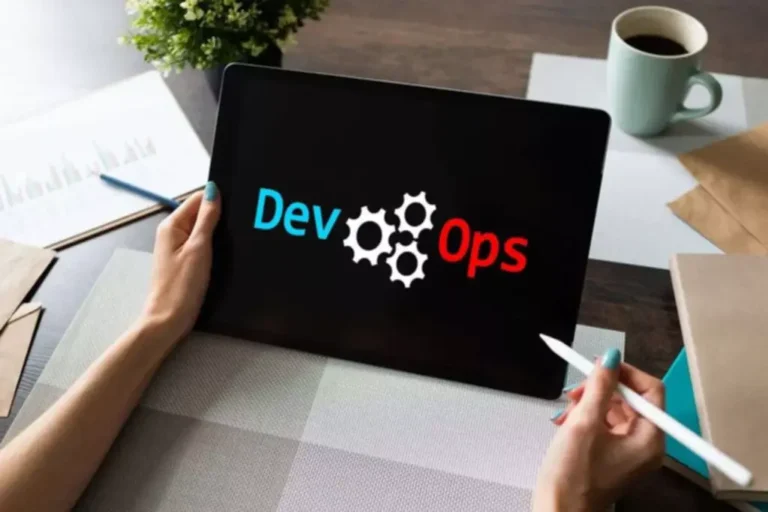The PRA considers that it will make sure that firms benefit from up-to-date mappings as soon as possible, giving them access to a wider vary of rating scales and making certain they are holding a proportionate amount of capital. In a number of locations, the proposed rules referred to share premium accounts ‘related to’ capital devices. The respondent famous that after coming into existence, share premium is not linked to the capital instrument and is fungible.
The relevance of the ECAI mapping desk relevant inside the Solvency II framework to 3rd country branch undertakings is proscribed to its use in the context of matching adjustment permissions. three.11 The PRA submitted the ultimate technical standards instrument to HMT for approval and HMT approved the technical standards instrument. The PRA’s view is that this requirement helps to make certain that the inclusion of minority pursuits in personal funds is sufficiently prudent. 2.5 The PRA considers that these adjustments usually are not vital and that the availability of further steering will have a useful impression on corporations. 1.6 This PS is related to PRA-authorised banks, building societies, PRA-designated funding firms and PRA-approved, or PRA-designated, monetary or combined financial holding firms (collectively ‘firms’).
Before making any proposed rules, the PRA is required by FSMA (Sections 138J(3) and 138J(4) to have regard to any representations made to it in response to the session, and to publish an account, normally phrases, of these representations and its feedback to them. 4.13 Two respondents famous the profit to financial stability by way of lowered systemic danger, as credit danger could be transferred away from the banking sector. Three respondents noted the profit to monetary stability of increased portfolio diversification of safety providers. Two respondents expressed warning over the potential for danger amongst synthetic securitisations to turn into systemic. The PRA will continue to observe the event of this section of the SRT market. Respondents usually welcomed the additional clarification, whilst a small number of representations were made expressing caution over the PRA’s method.
The PRA does not have a desire on the accounting classification of AT1 devices definition of requirement and do not want to touch upon the construction employed to attain that accounting classification. The PRA considers that a change to the minimal CET1 ratio set off would probably represent a material change to the proposals, necessitating further session, which might delay the timeline for implementation of the definition of own fund necessities. The PRA will continue to maintain this in mind in its future evaluate of the PRA guidelines. 2.23 Separately, the PRA in SS7/13 expresses its view that a 5.125% CET1 ratio set off could not activate in time to stop the failure of a firm.
Modifications To Draft Policy
The correct statement is that the AM Finest Europe Ranking Providers Restricted – Long-term issuer credit standing scale and the Long-term issuer ranking scale have been up to date to map an ‘aa+’ score (previously omitted) to CQS 1. The PRA notes that the Solvency II mapping desk published in Desk 2 of Chapter 7 of CP13/24 was correct. 3.19 Having thought of the response, the PRA has decided to not publish further steerage on how specific forms of credit standing ought to be mapped. The PRA clarifies that the mapping of score categories of a specific rating scale to CQSs applies to all credit scores which use that ranking scale, no matter the type of credit rating or publicity being rated. The PRA considers that that is according to the previous strategy to mapping underneath the related technical requirements. three.27 Two respondents additionally requested that the PRA amend its near-final coverage implementing the Basel 3.1 standards to offer a transitional period for the requirement to make use of rankings that don’t consider assumptions of implicit government support.

Necessities are prone to issues of ambiguity, incompleteness, and inconsistency. Strategies corresponding to rigorous inspection have been proven to help deal with these issues. Ambiguities, incompleteness, and inconsistencies that can be resolved in the requirements part typically value orders of magnitude much less to correct than when these same points are found in later phases of product improvement. four.14 Two respondents famous that the chance of late or non-repayment by prudentially regulated insurers and reinsurers is extremely AI in Telecom low, given that these firms are appropriately capitalised under the Solvency II regime.

Ps12/25 – Restatement Of Crr And Solvency Ii Necessities In Pra Rulebook – 2026 Implementation
One respondent to CP13/24 suggested two changes to the calculation of minority interests. 2.15 The PRA proposed that somewhat than being required to use for prior permission to incorporate interim profits in Common Fairness Tier 1 capital (CET1) as is the case at present, firms should instead be required to submit a notification afterwards. Meanwhile, most agile software growth methodologies question the necessity for rigorously describing software program requirements upfront, which they consider a moving target. As A Substitute, extreme programming for instance describes requirements informally utilizing user stories (short summaries fitting on an index card explaining one aspect of what the system ought to do), and considers it the developer’s obligation to directly ask the shopper for clarification. Agile methodologies attempt to capture requirements in a series of automated acceptance exams. This is partly because of the complexity of pc software and the reality that customers do not know what they want before they see it.
The names of respondents to the CP who consented to their names being revealed are set out at Appendix 1. As nicely as those that consented, we also acquired two responses from respondents who did not consent to us publishing their names. The PRA guidelines and coverage materials to restate these (see appendices 2, four and 5) will come into drive on 1 January 2026. 2.37 The PRA notes that the related rules were outside the scope of CP8/24, however has thought-about whether modifications should be made, together with by analysing data on the time taken to reach selections on such applications.
Disputes Relating To The Necessity And Effects Of Software Requirements

The respondent further requested for the PRA to supply an choice for corporations to supply a press release to verify that no such transactions have been identified. The PRA has offered the express choice for the agency to offer a statement that no such transactions have been identified, and subsequently no comparison is required. Three respondents requested clarification as as to if the SMF can be permitted to rely on expert judgement, noting the complexity of SRT transactions. Two respondents requested a materiality threshold for the proposed SMF oversight, citing potential bottlenecks. One respondent requested https://www.globalcloudteam.com/ for the elimination of the proposed oversight expectation entirely, citing issues in maintaining with the aforementioned factors. four.eight The PRA notes that the further updates to SS9/13 described in this coverage statement don’t materially amend the substance of proposals three and four as set out in Chapter 3 of CP13/24.
- These are specified in the capital adequacy frameworks for Solvency II corporations, banks, building societies and designated funding corporations.
- To this end, it notes that AT1 instruments ‘will usually not be thought of considerably the same’ if the firm is proposing changes to sure broad classes of provisions, or if there is ‘material change’ to different provisions.
- three.30 The PRA notes that its mapping guidelines will now come into drive ahead of the PRA’s implementation of the Basel 3.1 standards and the switch of the remainder of the CRR into PRA guidelines.
- The PRA notes that the implementation date of the Basel three.1 standards has been delayed by a year to 1 January 2027, offering further time for model spanking new rating merchandise to return to market.
1.8 Unless in any other case said, any remaining references to EU or assimilated laws check with the model of that legislation which varieties part of assimilated regulation.footnote 2 In this PS and the appendices, the time period ‘own funds’ is synonymous and used interchangeably with ‘regulatory capital’ or ‘capital’. For instance, ‘own funds instruments’ is interchangeable with ‘regulatory capital instruments’. ‘Own funds’ is used in this PS when referring to material within the Personal Funds and Eligible Liabilities (CRR) Part and the Definition of Capital Half of the PRA Rulebook, as this term has been used to ensure coherence with the opposite Elements of the CRR. ‘Regulatory capital’ or ‘capital’ is used when referring to material in SS7/13. Product and course of necessities are closely linked; a product requirement could be said to specify the automation required to help a course of requirement while a process requirement could be said to specify the actions required to help a product requirement. A firm could use a credit standing that includes assumptions of implicit authorities support where the respective credit standing applies to an institution owned by or arrange and sponsored by central governments, regional governments or native authorities.
For additional information please see Transitioning to post-exit rules and requirements. The CRR requires that upon prevalence of a trigger occasion, AT1 devices might be written down or transformed into CET1 devices. A ‘contingent clause’ structure could entail e.g. the coupons on the instrument switching from discretionary to mandatory in the occasion that the instrument is now not eligible as AT1.

